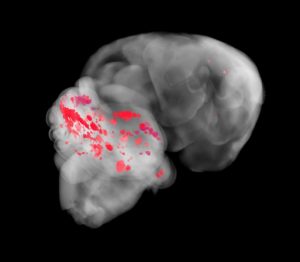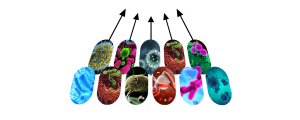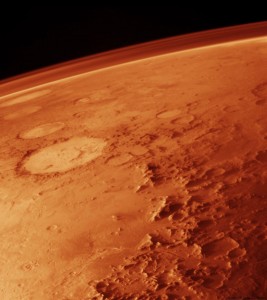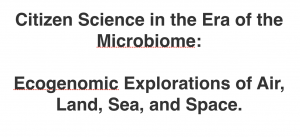Just a quick post here about an upcoming anvi’o workshop at the Joint Genome Institute (JGI). While I’ve never used anvi’o myself, I know that people rave about it and the visualizations it produces look really cool. It can be used with metagenomic, genomic, and transcriptomic data. Information below copied from the workshop website. …
Sorry for the headline here but when I saw this news story (British scientists survey infectious bacteria by having people walk outside in socks – The Washington Post). I just could not get Mr. Rogers’ “Who are the people in your neighborhood” out of my head. But with the “people” replaced by “microbes”. Why did this …
So there is a new paper out that is incredibly interesting and has been getting lots of press coverage. The paper was in Nature: Endothelial TLR4 and the microbiome drive cerebral cavernous malformations. Sadly it is behind a paywall, so not everyone out there will have free access to it. But it is available in sci-hub …
Source: NIST Challenge — CosmosID – Exploring the Universe of Microbes This could be interesting. NIST & COSMOS ID and ABRF are conducting a metagenomic sequencing methods challenge. From their site: When using metagenomic methods to assess the content of a complex microbial sample, there are many steps in the measurement process where bias might …
On January 24, 2017 we held a 90 minute symposium titled “Microbiology of the Built Environment: Implications for Health and Design” at the National Council for Science and the Environment Conference (NCSE) conference in Washington, DC. Thank you to the Alfred P. Sloan Foundation for sponsoring this event. The NCSE conference integrates science and policy, …
Coming up in June (June 1-5) in New Orleans. ASM Microbe 2017, the Annual meeting of the American Society for Microbiology. For more information see https://www.asm.org/index.php/asm-microbe-2017 The meeting should be very good. Hotel deadline is May 17. For sessions on some topics of interest see Antimicrobial Agents and Infectious Diseases Applied and Environmental Science Clinical and …
The disease-causing organisms Burkholderia multivorans, B. cepacia, genomovars of the B. cepacia complex (BCC), as well as an unclassified species of Burkholderia, and its relatives Ralstonia pickettii and R. insidiosa account for 60% of the bacterial isolates obtained from the filtrated water system on board the International Space Station (ISS). Members of these genera can …
OK – full blown mushrooms are not microbes. But they are fungi. And a lot of fungi are microbial. So I am ignoring the multicellular nature of these mushrooms here – after all – nobody’s perfect. Anyway – thought this might be of interest to those thinking about fungi in the built environment. Source: UPDATE: City …
Quick post here just to alert people to this story about a drug resistant Candida auris fungus variety showing up more and more. Of relevance to the microbiology of the built environment crowd is the following quote: The fungus can be passed between people or through the environment from such things as hospital equipment, says Dr. Tom …
Federico Lauro, Chris Mason and I (and a few others by now) are looking for editors for a Frontiers Special Topic on Citizen Science in Microbiology. It is important to us that we assemble a diverse panel of editors before we start inviting submissions! We are especially interested in making sure that women and people …







